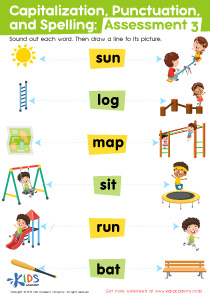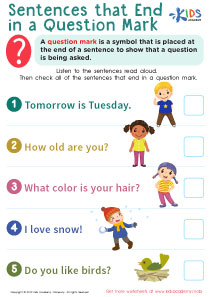Syllable identification Writing Worksheets for Ages 6-9
5 filtered results
-
From - To
Enhance your child's writing skills with our engaging Syllable Identification Writing Worksheets designed for ages 6-9! These interactive worksheets help young learners understand syllables, a key building block for reading and writing. Through fun exercises and colorful illustrations, children will practice identifying and working with syllables, improving their phonemic awareness and writing capabilities. Each worksheet encourages critical thinking and creativity while making learning enjoyable. Perfect for classroom use or at-home practice, our resources support educators and parents in fostering essential literacy skills. Start your child's journey to writing confidence today with our comprehensive and accessible syllable identification worksheets!
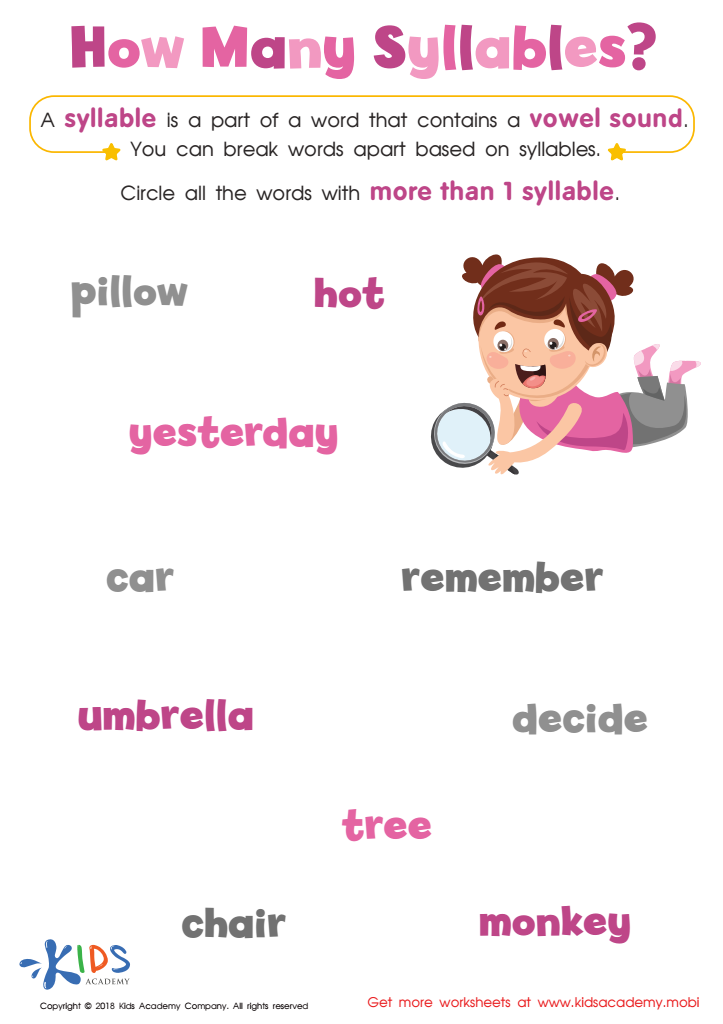

Reading: How Many Syllables Worksheet
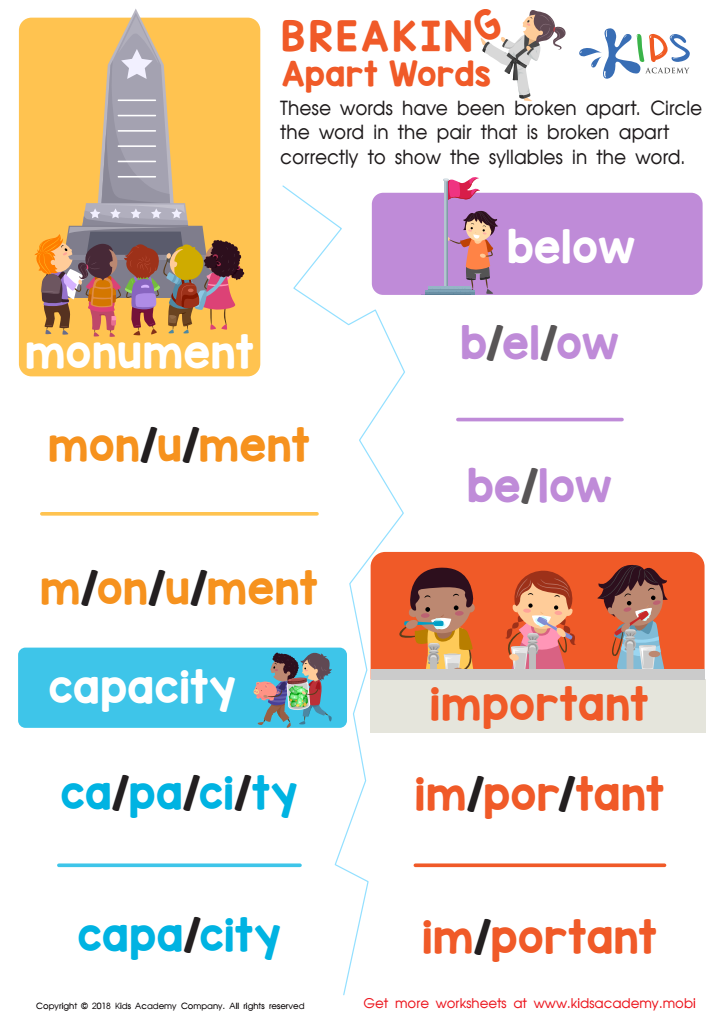

Breaking Apart Words Worksheet
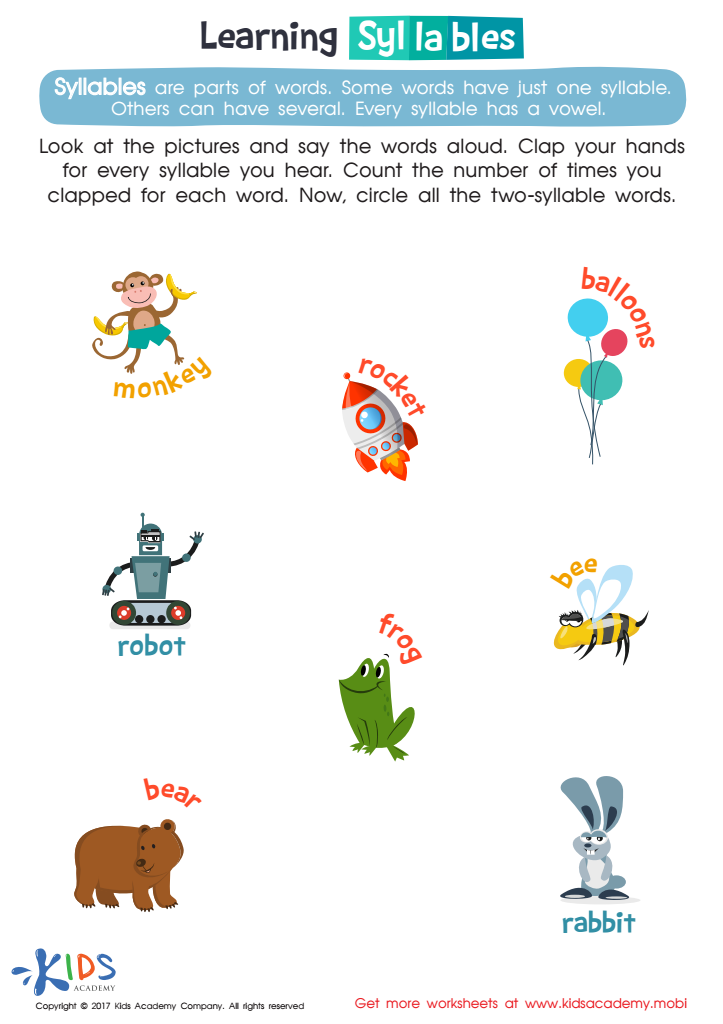

Learning Syllables Word Structure Worksheet


Open Syllable Printable Worksheet
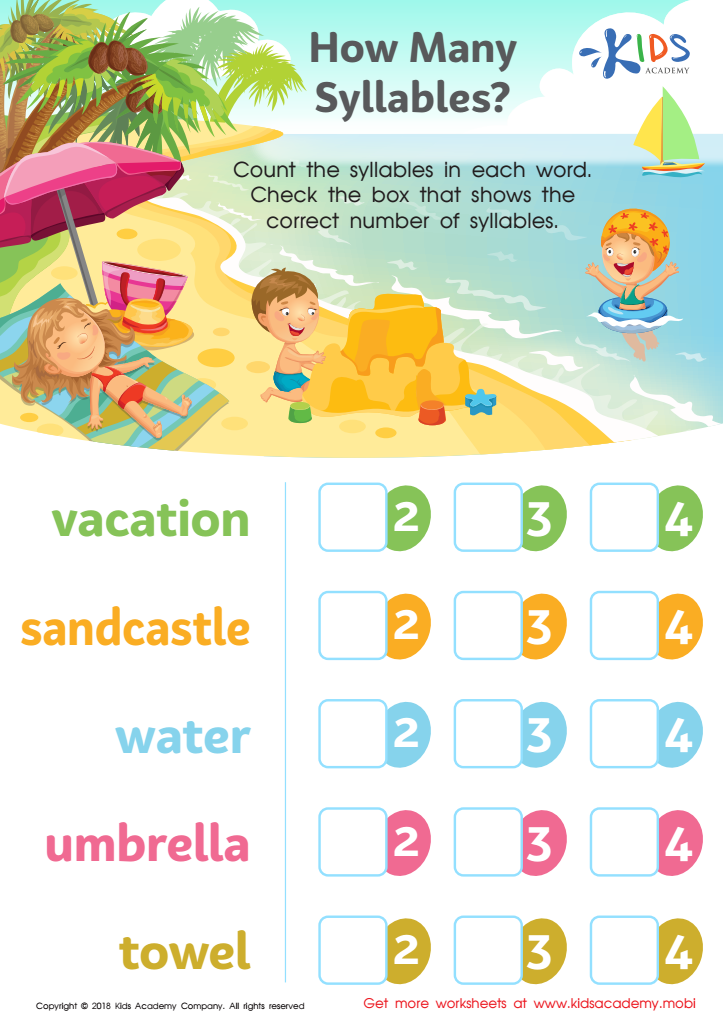

How Many Syllables Worksheet
Syllable identification is a fundamental literacy skill crucial for children aged 6-9. At this developmental stage, kids are transitioning from learning to read to reading to learn. Understanding syllables enhances their decoding skills, making it easier to read unfamiliar words and build vocabulary. When children recognize and break down syllables, they improve their ability to sound out words, which is essential for spelling and pronunciation.
For parents and teachers, fostering synergy between syllable identification and writing is vital. This practice encourages thoughtful expression and creativity in writing. It helps children construct sentences more easily, as they become aware of how words fit together rhythmically and phonetically. Moreover, recognizing syllables aids in reading fluency; children equipped with these skills can read aloud with confidence and comprehension.
As early educators or supportive peers, parents can engage in hands-on activities that make learning fun, like clapping out beats or using syllable charts. Educators can incorporate games and exercises in the classroom that emphasize syllables in both reading and writing tasks. Ultimately, taking time to support syllable identification can have lasting positive impacts on children’s literacy development, boosting their confidence and academic performance as they grow.
 Assign to My Students
Assign to My Students





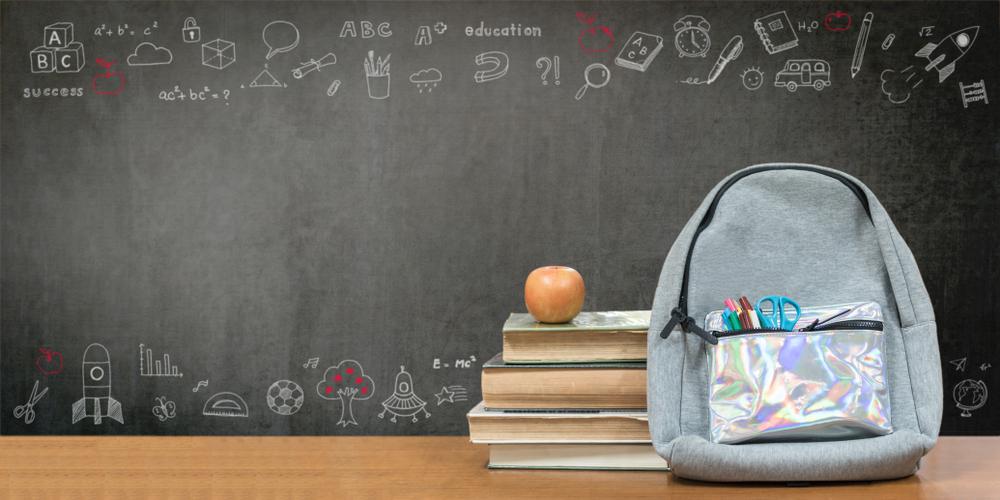
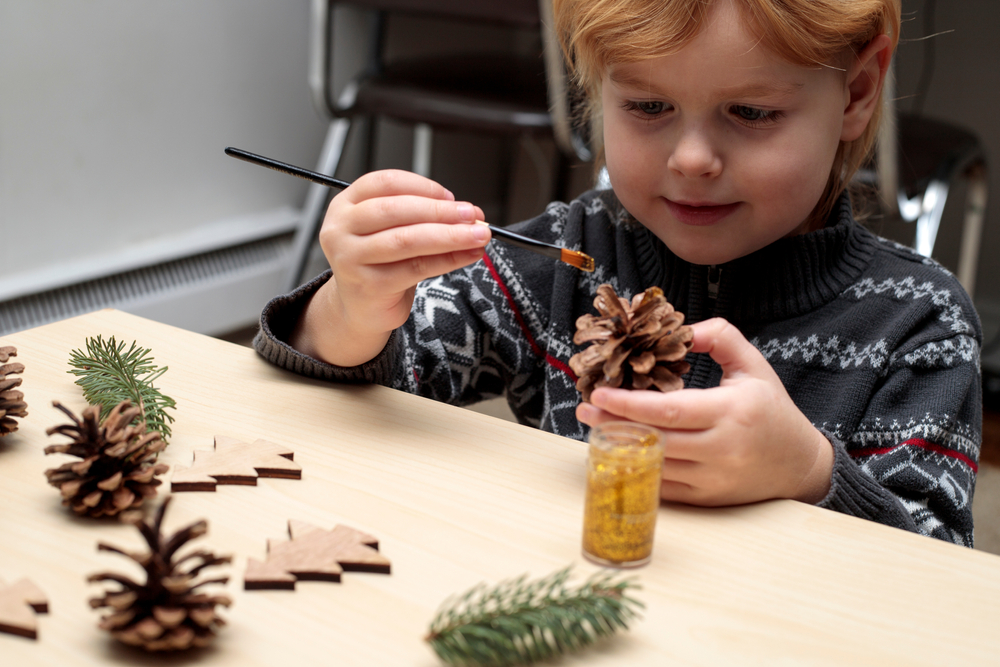

.jpg)

